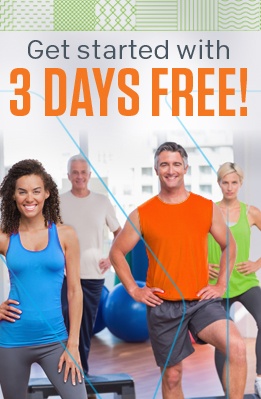For years, respected periodicals like the Journal of Chiropractic Medicine, have confirmed that combining treatment methods may help adults and children cope with their abnormal curvatures. The areas that typically show the most improvement after physiotherapy treatment are pain management, spirometry and range of movement. However, when physiotherapy and exercise are used with other treatments, patients may also experience marked reductions in their Cobb angles.
For those that may be unaware, not much was known about Cobb angles scoring until the 1930s. That’s when a New York orthopedic surgeon came up with them as a way to help distinguish between the varying degrees of spinal curvatures found in various populations. At the time, it was decided that lateral spinal curves at, or greater than 10 degrees, should be considered signs of the condition. However, it is not uncommon for an afflicted person’s curves to be 25 or 30 degrees and feature vertebral rotation. If this happens during childhood, people with the condition could end up developing rib humps. So it is considered vital to seek physiotherapy for scoliosis before the Cobb angles become so pronounced that they won’t be denied.
Treatments that have been proven to work include whole body vibration therapy. Whole body vibration therapy is typically paired with spinal manipulation and special exercises. It involves using vibrations to cause the person’s back muscles to expand and contract in rapid succession for an extended period of time. Healthcare practitioners and the U.S. FDA both agree that those rapid-fire vibrations may provide scoliosis patients with greater movement, pain relief and improved body strength.
To find out if today’s combination of physiotherapy and fitness routines will help you or loved one enjoy a healthy life, please contact us at Merritt Athletic Clubs. We have physiotherapists on staff at five of our locations and they may be able to help improve your posture.










